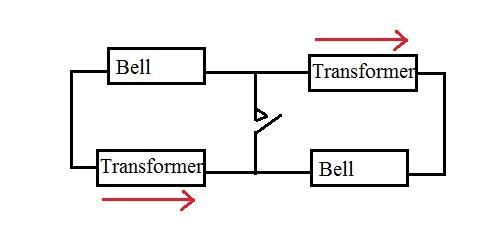- Joined
- 17 Apr 2007
- Messages
- 2,665
- Reaction score
- 141
- Country

There's no illumination in the push button.
I've looked and I can't see a 2 pole push button switch for door bells. Do they even exist ?
I've looked and I can't see a 2 pole push button switch for door bells. Do they even exist ?

